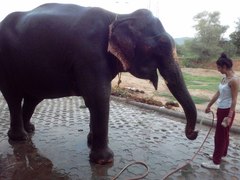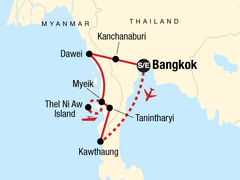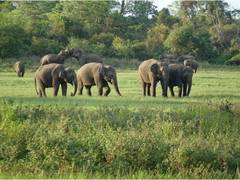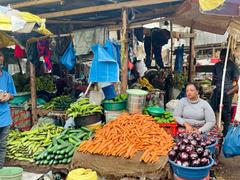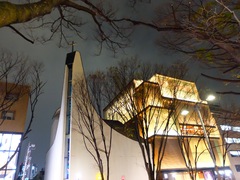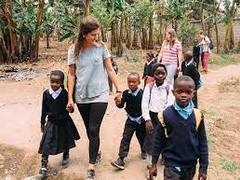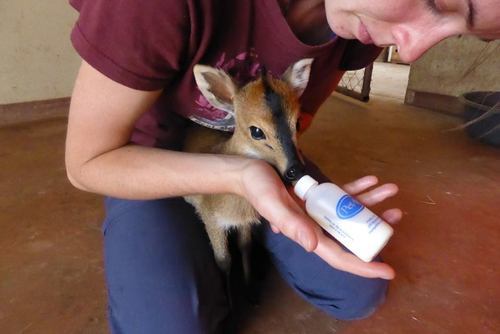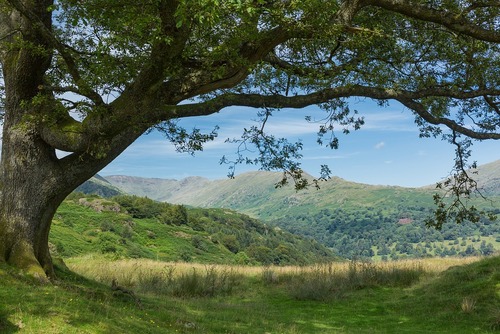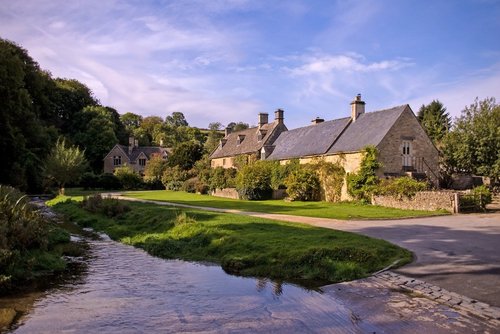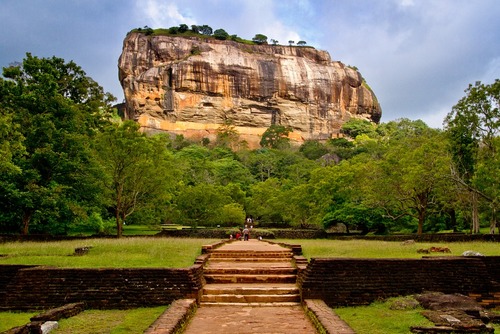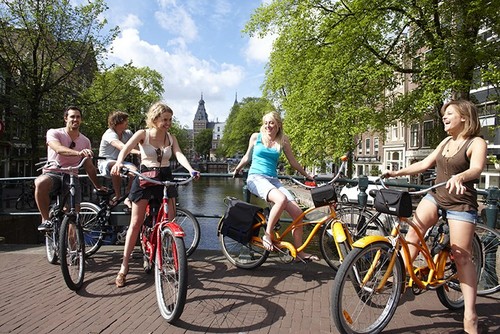Introduction:
Sri Mayapur Vikas Sangha (SMVS) is a secular, voluntary, non-government organization (NGO) working for the social and economic development and betterment of the poorest of the poor in and around Sri Mayapur, Nadia district, West Bengal, India since 1998.
SMVS was registered in 1998 in Kolkata under the Society Registration Act, West Bengal 1961, and in New Delhi in 2001 under the Foreign Contribution Regulation Act 1976 (FCR). It was established in the rural settlement of Sri Mayapur, in the Nabadwip block of the district of Nadia, approximately 150kms north of Kolkata, on the confluence of the Bhagirathi and Jalangi rivers. Nadia has traditionally been one of the least developed districts of West Bengal, ranking near the bottom on many indicators.
This region regularly witnesses natural calamities such as floods etc. and is home to many refugees and displaced minorities. After many decades of selflessly, tirelessly and relentlessly working with the marginalized populace in this area, our founders formally established SMVS about 20 years ago on the basis of the hands-on, first hand-experience of charitable social service as a humanitarian response to the crying needs of the existing socio-economic deficiencies of the region.
Vision:
To steer the region’s evolution towards socio-economic prosperity while maintaining the natural and cultural heritage of Sri Mayapur region.
Mission:
To educate, organize and empower the rural economically handicapped populace, in particular the women and children of the region to achieve collective well-being based on sustainable livelihoods, social equity, justice, economic growth and self-reliance through community participation and initiatives.
Philosophy:
Holistic sustainable development which addresses personal and collective community in all aspects of well-being: physical, mental, social and cultural. Empowering people to be the stimulus of and for their own development.
SMVS prides itself in its role as a partner and facilitator to build the capacity of local people and communities to responsibly achieve their goal of development for their overall well-being. Responsible development is based on sustainability and equity. It is irresponsible to enjoy resources today that will detract from the well-being of future generations. And to be equitable means that the poor, weak and vulnerable should be given first priority in our quest for development, overcoming the tendency for blind, insatiable greed.
Development should be based on deep human values that recognize the basic rights of all to meet basic minimum needs and the duty of civil society to strive to ensure the fulfillment of these needs for all in a just way that honors and cares of our natural environment. Armed with respect for the inner equality of all, regardless of gender, caste, creed, race or nationality, promoting self-reliance, simplicity, a strong local community and strong family units, we strive towards sustainable development.
Location:
The district of Nadia is situated in the heart of the Bengal delta held within the arms of the Ganga, namely, the Bhagirathi on the West and Mathabhanga on the North. The entire district lies in the alluvial plain of the Ganga and its tributaries.
Most districts in West Bengal take their name from the headquarters station of the district, but Nadia district takes its name not from Krishnagar, the headquarter but from Nadia or Nabadwip hallowed by the memory of Lord Shri Chaitanya Mahaprabhu who was born here on 18th February, 1486. The British district of Nadia was formed in 1787. The present district of Nadia after partition was formed by Notification No.545-GA dated 23rd February, 1948.
The district of Nadia is bounded on the north and north-west by the district of Murshidabad. On the south-east and east it is bounded by the Republic of Bangladesh. In the south and south-east the district is bounded by the district of North 24-Parganas.The shape of the district is irregular, lying North to South. The district is about 46ft. above the mean sea-level and the tropic of cancer divides the district into two parts.


